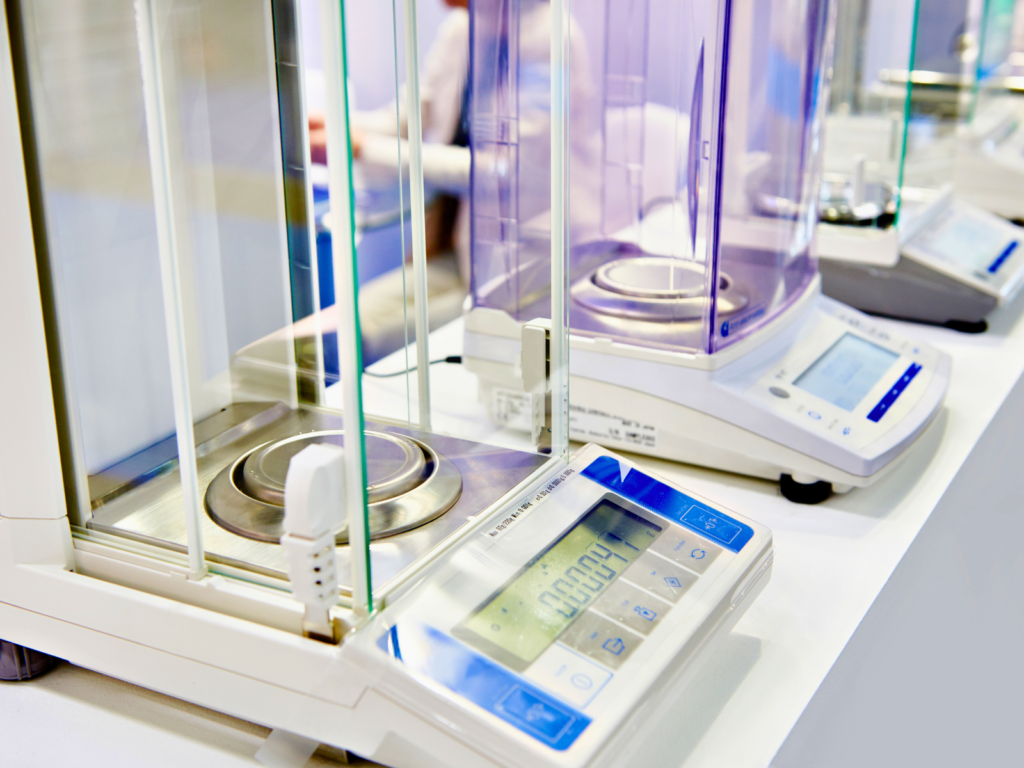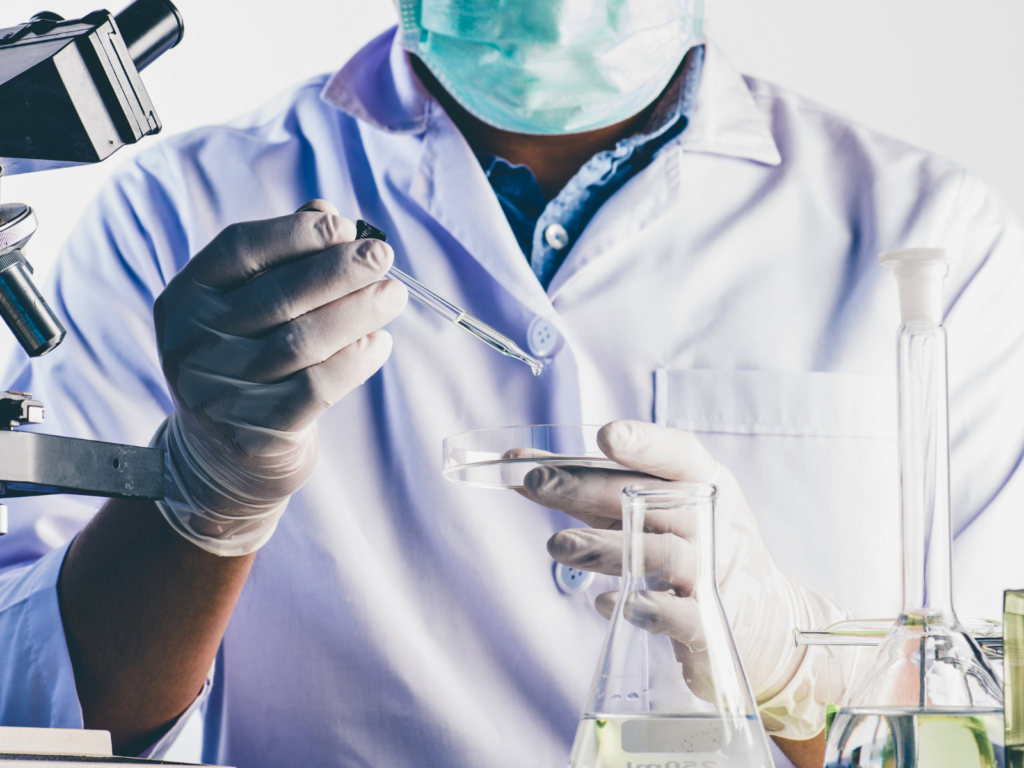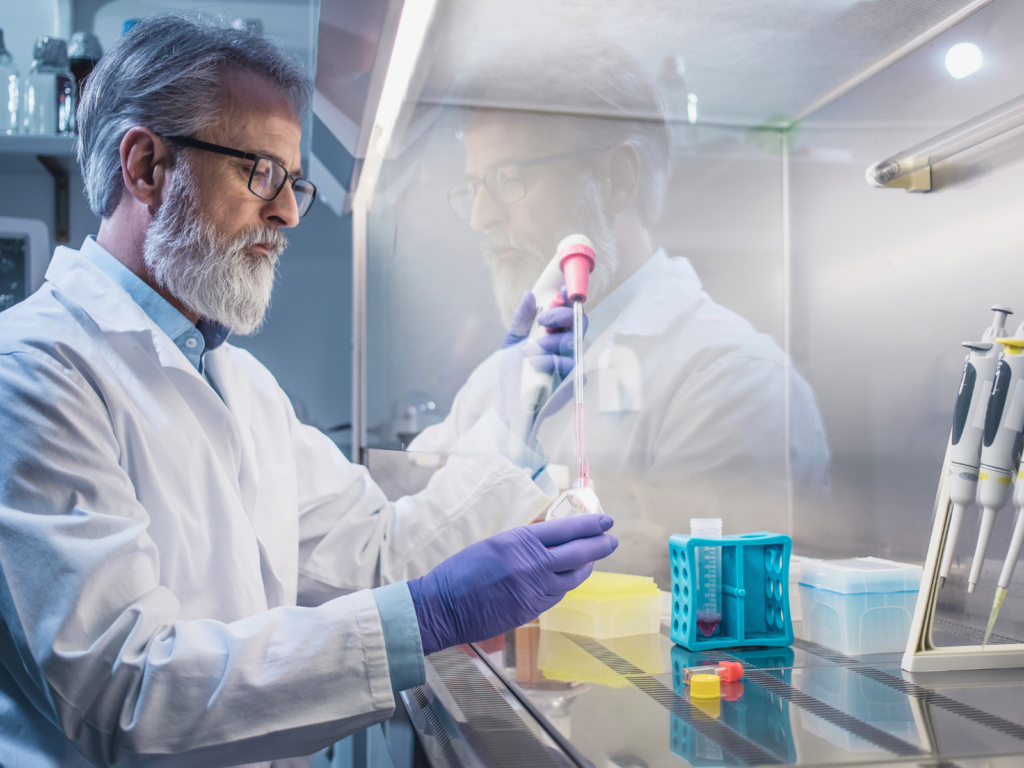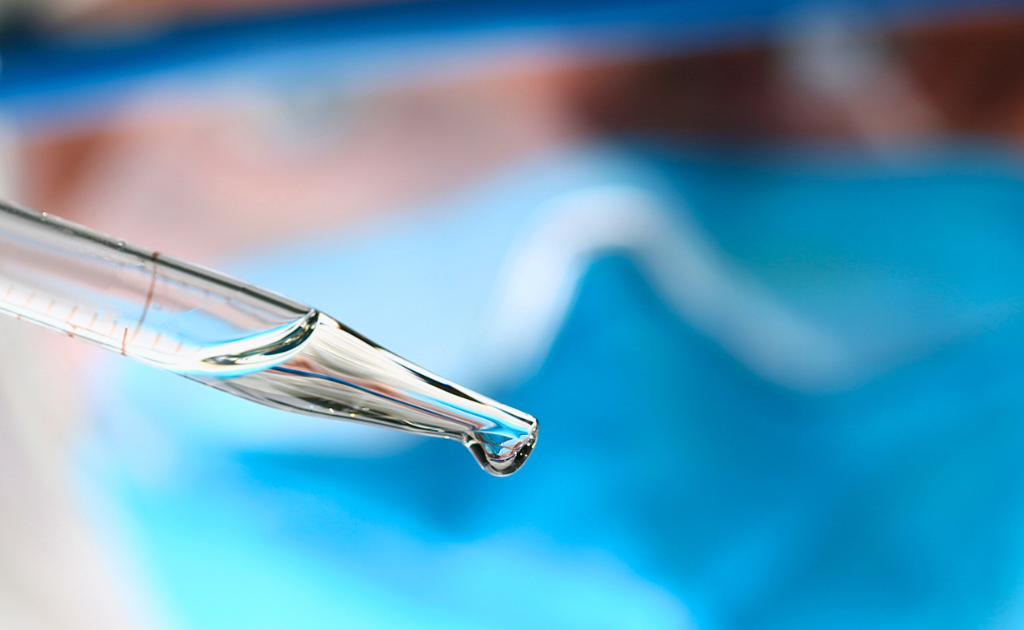Laboratory management entails a great deal of responsibility. Aside from the daily workload, there is a lengthy list of maintenance protocols to ensure that equipment operates optimally. Managers of laboratories are responsible for a variety of tasks, including ensuring that work areas are clean and that all equipment is maintained properly.
The laboratory balance is an essential instrument for ensuring the quality of products, and is often one of the most expensive instruments in a laboratory. Considering their importance and costs, increasing their lifespan and ensuring their accuracy is imperative.
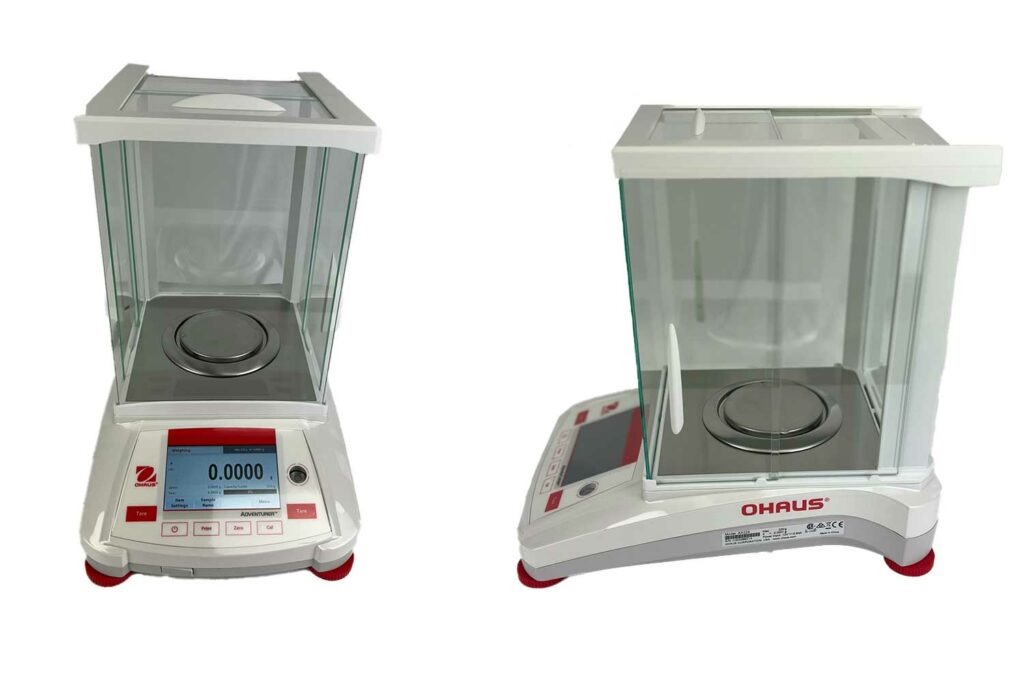
Tips for Maintaining Lab Balances:
(1) Follow the Manufacturer’s Recommendations
Your most valuable ally in maintaining balance equipment is the manufacturer’s instruction manual. The manual will include detailed information on how to operate and troubleshoot errors. Furthermore, instruction manuals provide all the information required to properly maintain the device, including recommended calibration intervals.
(2) Maintain a Regular Cleaning Schedule
A laboratory balance is a precision instrument that can suffer unnecessary and preventable damage if not regularly maintained. In order to ensure the accuracy of readings, lab operators should clean the balance after each use in accordance with the lab’s routine maintenance program. This will eliminate debris, such as dirt and materials, that can accumulate under the weighing pan.
It is essential to thoroughly wipe down the balance after weighing chemicals or other potentially hazardous materials. This is because staff members can inadvertently come into contact with substances and become contaminated.
How to clean and move your lab balance: helpful tips
- Remove the pan when cleaning
- Don’t apply more pressure or add more weight than the pan is capable of handling
- Ensure that the unit is cleaned with care
- Remember: a lab balance that is used too forcefully may cause damage to its internal components
Most equipment can be moved around as needed, but not a balance. It is calibrated in accordance with the precise location in which it is located at the time of calibration. Moving it can throw off the calibration. In order to avoid potential issues, lab balances should only be moved when absolutely necessary.
Tips for moving balance equipment:
- Make sure that the balance will be placed in an appropriate location before moving it
- Be careful when moving the balance and ensure that the underneath is held securely
- Make sure the balance is placed on a level surface prior to recalibrating
(3) Follow a Calibration Schedule
Follow the manufacturer’s recommendations regarding the calibration schedule. Calibrating your balance regularly will ensure consistent results and precise measurements. Allowing too much time between calibrations can result not only in compromised product quality, but also possibly increased downtime for your company.
(4) Maintain an Accurate Maintenance Log
Detailed maintenance logs allow you to see the last time your device was calibrated and any repairs or part replacements received. Keeping a maintenance log is essential in any lab, especially when multiple users operate the equipment. The maintenance log is particularly useful for technicians who perform balance maintenance, since it provides them with information about what you have done and when you have done it.
(5) Work with a professional
By entrusting your lab balance to a professional, you can extend its lifespan. Choosing the right calibration and supply partner does not have to be a difficult process. We at Allometrics have the experience and expertise to calibrate and repair laboratory balances from all of the leading manufacturers.
Furthermore, if you need a new lab balance, we can assist you. Contact our team today to learn more about our extensive range of lab balances.
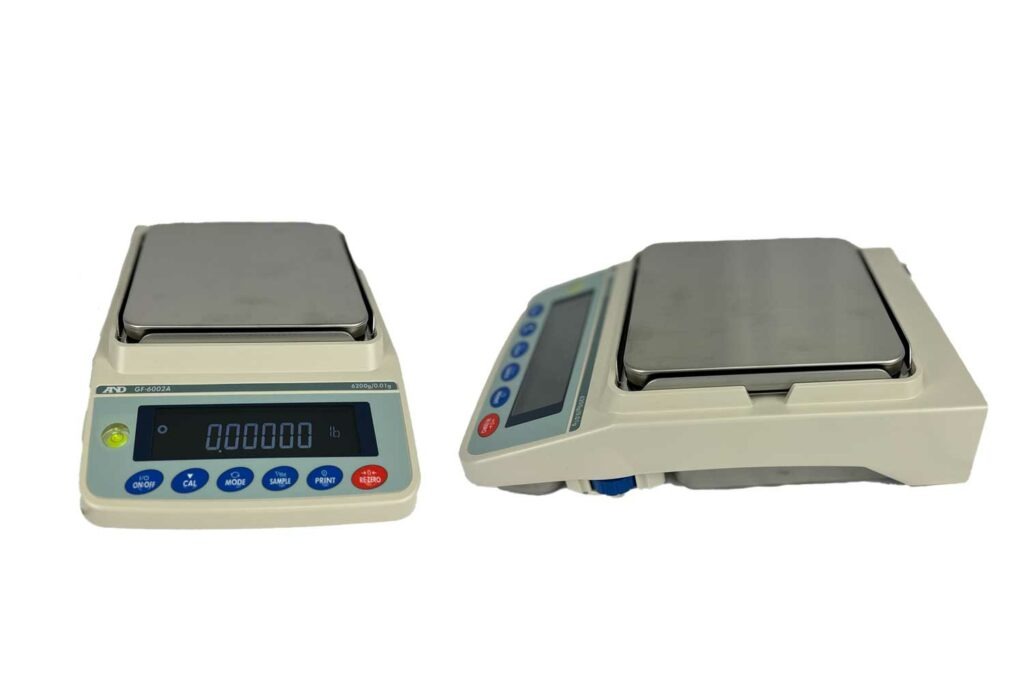
Allometrics understands the importance of patient and employee safety and the potential cost of measuring errors. Thus, we utilize only certified instruments and employ NSF accredited and CETA certified technicians.

